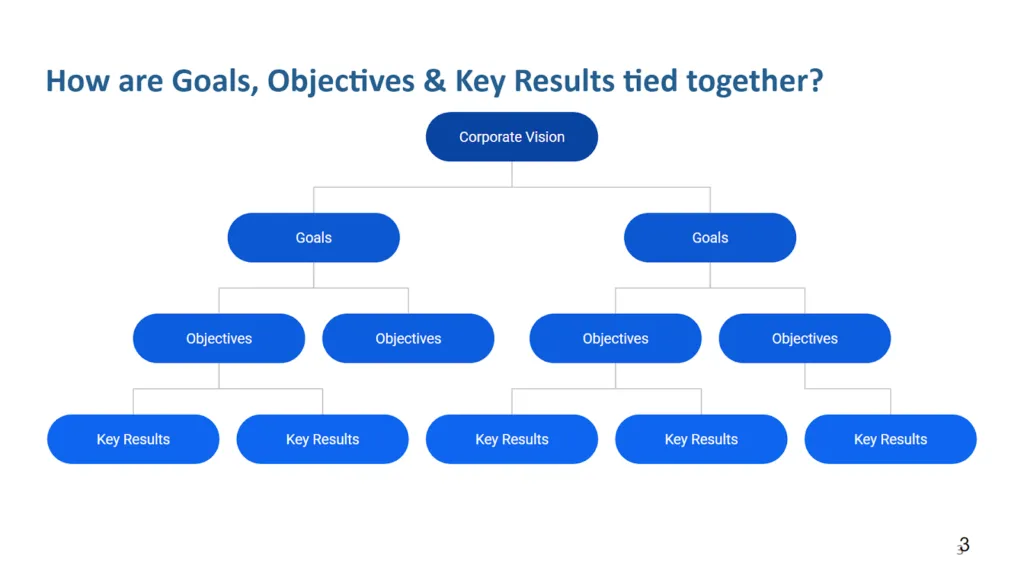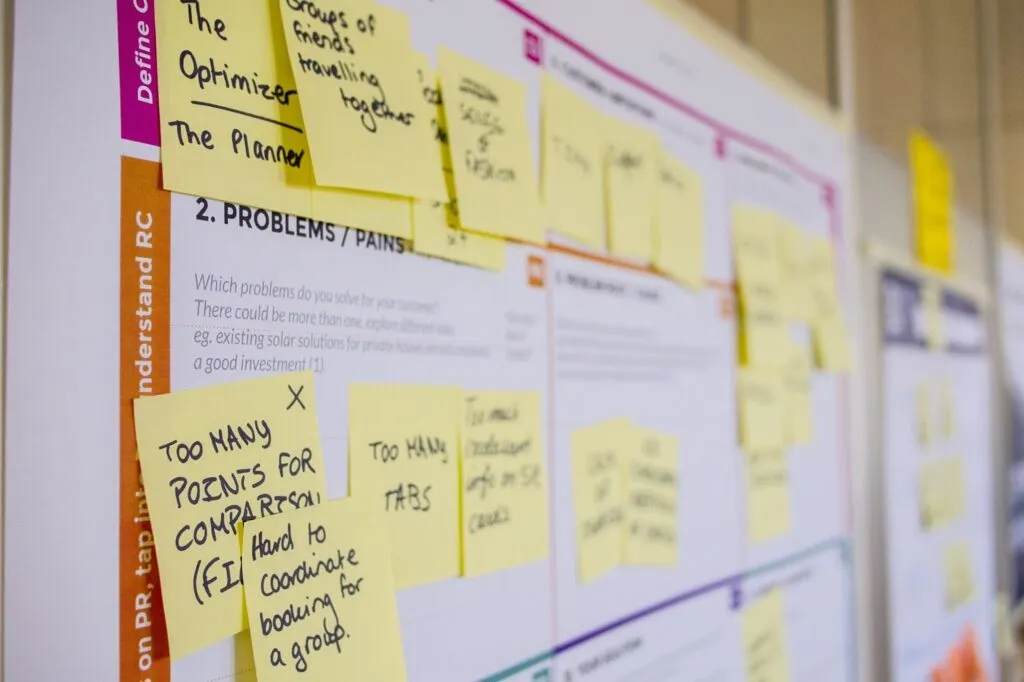What Defines a Modern Talent Management System? 10 Essential Features
The OKR approach to the target setting has been used at Google, Zynga, General Assembly, and other popular Silicon Valley businesses, and it is spreading like wildfire.
OKR, which stands for Objectives and Key Results, is a modern leadership philosophy that assists organizations in setting, communicating, and measuring their priorities. Its primary role in a hierarchical approach is to associate a member’s interests with the team and the organization as a whole. The Objective is usually qualitative, and the Main Results are usually quantitative.
SMART, like OKR, is a goal-setting technique that emphasizes organization and the ability to chart success during the goal-setting and goal-achieving process.
The framework is broken down into five components by SMART
SMART GOALS are very simple guidance and collection of specific guidelines for teams and business people who want to use goals to help them advance their company.
Specific – What do you want to achieve?
Measurable – How much dedication, time, and money would it take to achieve that goal?
Attainable – Is the goal acceptable after weighing all the pros and cons?
Relevant – Is the target important to you and your company?
Timely – What deadlines, schedules, and practical time constraints do you have?

SMART Goals & OKRs will help you turn your company, no matter what industry you’re in. The main benefit is obvious: it helps all of your staff, from top executives to entry-level workers, to be mindful of the company’s vision, mission, and priorities and to associate their own with them.
OKRs, when used daily, will help your business or any other organization expand. It’s a simple approach that’s easy to set up and use. Your staff and supervisors will not only grasp the company’s priorities, but they will also know what is required of them, thanks to OKRs.
With a few minor variations, the Key Result (KR) portion of an OKR is quite similar to a target or a goal.
For example, saying “Grow sales to $1 million” is a natural way for people to come up with targets. There are two key components here: a path (increase revenue) and a target ($1 million).
According to the OKR system, a target like this one can be divided into two parts: an Objective and a Key Result. The Objective always asks the question “Where do I want to go?” and the Key Result asks the question “How can I know when I’ve arrived (in my current journey)?” As a result, the objective The goal of increasing sales to $1 million can be broken down into two parts: the goal of increasing revenue and the key result of $1 million in revenue.

These causes, when combined, result in a substantial increase in employee participation.
Goal achievement needs an equally successful strategy that will maximize the chances of success as the business world accelerates. This is where ClayHR’s SMART goal management comes in. It provides an interactive, clear, and collaborative setting of SMART Company Goals and Personal Goals.
You can also quickly chart your success toward a specific target. This helps you to work more effectively with your colleagues. You should improve or change the use of your time to get back on track if you are falling behind on a certain task or purpose.

You should also get your team members to approve your SMART goals when you’re writing them. These individuals can also supervise the progress made on the goal and be held accountable in case of failure. Accountability and ownership can help improve team engagement.
You may also attach related documents and make notes on the targets you’ve set. This ensures that everyone on the team is aware of any new information and will adjust accordingly.
The task setting app will also give you reminders and feedback about your SMART goals daily. It can even generate updates that give you a summary of the current situation.
Before you set OKRs, your “company must have a mission”. Everything you do is fine if you don’t have a sense of mission AND a plan to do it. If you’ve decided on a task, break it down into manageable chunks by assigning objectives.
Simply put, an objective is what needs to be achieved. It should be a succinct, one-sentence declaration that is relevant, actionable, and, preferably, inspiring. These priorities which vary are more specific to the participants’ duties and obligations, but they must still be in line with the company’s overall goals.

The objective or goal is designed to get people jumping out of bed in the morning with excitement. Use the language of your team. If they want to “crush it” or “kill it,” use that wording.
Interdependence may be less of a concern for start-ups, but it is a problem for larger businesses. The targets of you and your team must be genuine, quantified and independent. One of the litmus tests of independence is that you should not be able to use the argument later that shifts the blame to another team (such as “Our product was good, but marketing failed to market it.”)
Once you’ve established your goal, you’ll need to explain how you plan to accomplish it. Consider 3-5 key results for this target that will help you map the best way to achieve it. Basic and time-bound key findings are required. They should be measurable, and after the OKR cycle, they should be graded.

Key results are assessed regularly. Even team members get to check their progress. In OKRs, it could mean that the individual has set goals that are too easy or less ambitious.
OKRs are not intended to be rigid. They change depending on the circumstances. The OKRs will be updated if the company’s priorities have changed. You can decide when to regularly review your company’s OKRs. Monthly, quarterly and annual periods are the most frequent. It can be checked weekly at the team member level.
Goals and OKRs are a tested and powerful way to accelerate your company’s growth after you’ve found a product-market fit or to focus the search as you explore.
With ClayHR’s task setting app, creating smart goals and OKRs is a breeze. It offers a comprehensive goal-management solution that can help you from the start to the finish line. Whatever your ultimate goal is – whether to drive performance, guide your people in the right direction, implement a new process, or change, SMART goals & OKRs will surely benefit your company. It can be one of the most important factors of your company’s continued development and performance if properly executed.